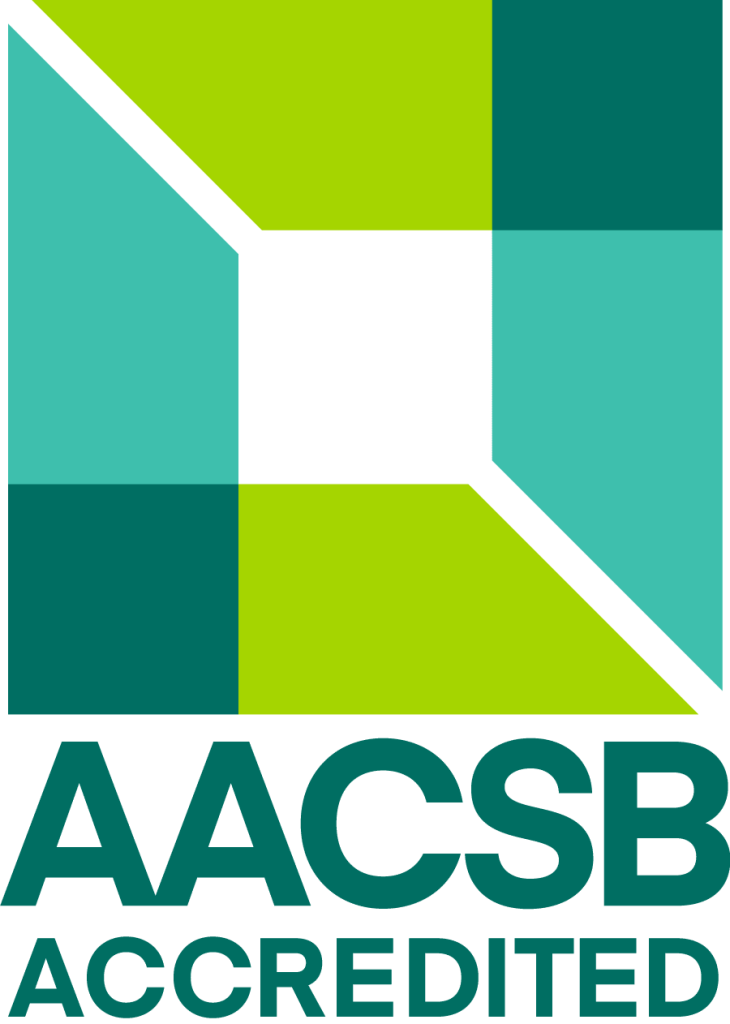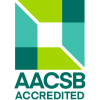The Cleanest City in India for 7 Years in a Row: How did Indore pull it off? The announcement of the Clean India Mission on 2 October 2014 by the Hon’ble Prime Minister of India, Mr. Narendra Modi, was a historic occasion for the country. In addition to placing cleanliness at the top of the …
Indore: India’s Cleanest City Seven Years in a Row

The Cleanest City in India for 7 Years in a Row: How did Indore pull it off?
The announcement of the Clean India Mission on 2 October 2014 by the Hon’ble Prime Minister of India, Mr. Narendra Modi, was a historic occasion for the country. In addition to placing cleanliness at the top of the government’s development priority list, the announcement also delivered a strong statement through the prime minister’s speech from the ramparts of the Red Fort.
It evolved into a mass movement, with the mission divided into two parts, i.e. rural and urban. The Clean India Mission (urban) had the following three main goals: (a) eliminating open defecation; (b) scientific management of solid waste; and (c) behavior change through “Jan Andolan” (mass movement).
The Cleanliness Survey, Swachh Survekshan, is conducted annually by the Government of India to assess the progress made by the Clean India Mission (urban) and rate the urban local bodies (ULBs) in India based on numerous cleanliness and sanitation criteria.
Indore has been consistently ranking as India’s cleanest city in the Cleanliness Survey for the past seven years! Indore is the largest city and commercial capital of Madhya Pradesh, one of the biggest states of India. Although the city, with a population of 3.5 million, generates 1,200 tons of dry waste and 700 tons of wet waste, it is a garbage bin-free city, treating approximately 1,900 tons of urban waste every day to fuel its public transport buses.
However, the situation wasn’t the same from the beginning. In January 2016, the prevailing cleanliness situation was bad, to say the least. There were no systems in place for managing waste and garbage.
The unorganized trenching grounds had almost 1.3 million tons of legacy garbage and waste, which caused foul odour and attracted pests and pathogens. In residential areas, about 5% of door-to-door unsegregated garbage collection was occurring. Unplanned collection, transportation, and dumping of garbage were rampant. The waste was being collected in dustbins kept along main streets.
Apply Now for MBA^/PGDM
There were 1,380 dustbins in Indore, which were in terrible shape – often overflowing and with stray animals feeding on them. The then Indore Municipal Corporation (IMC) management resolved to turn around the terrible situation and started taking a series of steps.
Their efforts started showing results when, in the 2016 Cleanliness Survey, Indore achieved 25th rank from its earlier rank of 149. The next year, in the Cleanliness Survey Ranking – 2017, Indore achieved the first rank! Over the next six years, Indore retained its top spot in the annual Cleanliness Survey.
This case study presents the various dilemmas the IMC top management faced during this turnaround and over the next six years, and the choices that worked for them. This case is suitable for use in various management development programs and in-house corporate training programs organized by companies.
It can be used to showcase critical aspects of strategies useful for mitigating resistance to change and bringing about lasting behavioral changes in followers. This case study also covers key aspects of communicating the change vision of a leader to a large audience.
The readers of the case study can comprehend the importance of communication in managing change, the role of processes and systems in implementing change management initiatives on a large scale, and recognize optimal strategies for communication processes and messages for different audiences and contexts.
How to Prepare for MBA Entrance Exams with a Full-Time Job
The full research paper can be accessed here Rajpurohit, N. and Gupta, P. (2023), “Indore: the cleanliness turnaround”, Emerald Emerging Markets Case Studies, Vol. 13 No. 3. https://doi.org/10.1108/EEMCS-12-2022-0539













